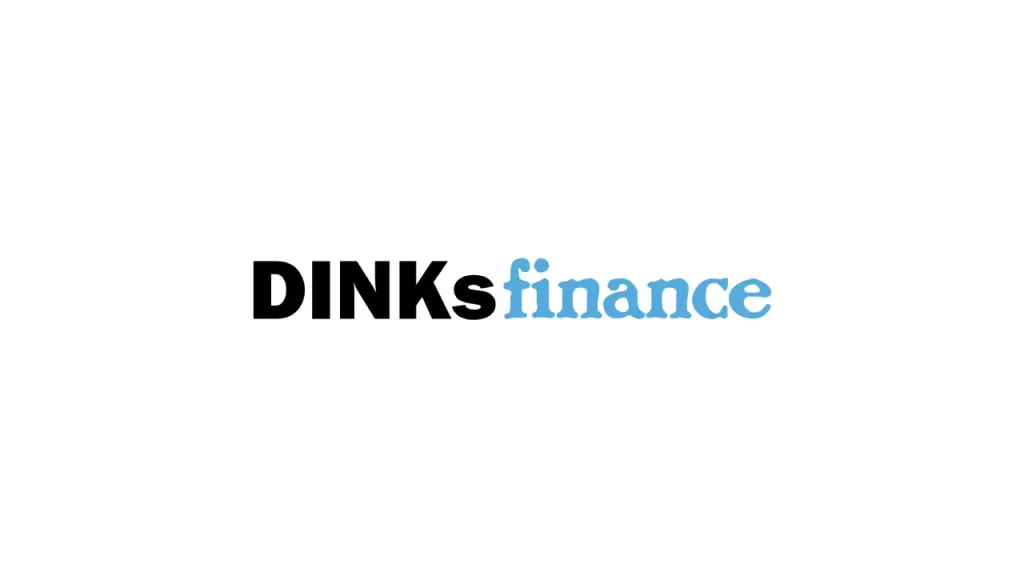
In part one of my three part series on John Maynard Keynes I talked about the man and gave some background on how he became such an influential figure in the world of economics. In part two, I gave a high-level view of the most important principles of Keynesian Economics. Today, in my third and final piece in the series, I will talk about the influence of Keynesian Economics in our current market.
The Decline of Keynesian Economics
Keynesian Economics became the en vogue economic standard following World War II and maintained its position at the head of the economic table until the late 1970s/early 1980s. During the 70s, the United States experienced a period of stagflation (stagflation refers to a period of time that is simultaneously experiencing stagnant economic growth and rising inflation). The United States also went through Nixon’s infamous wage and price controls, as well as the oil crisis of 1973. Eventually, this all came to a head with a deep recession, which resulted in backlash against the Keynesian school of thought. Keynesian theories were abandoned for stricter monetary policies, which were employed with the hope of slowing the rapidly rising rate of inflation. As the 80s moved forward, U.S. presidents such as Ronald Reagan moved closer to an “open market” system, emphasizing less government spending and deregulation.
Despite a rocky start to the 80s that saw unemployment creep above 10% and the recession of 1982, the economy began to right itself, eventually expanding at an unprecendented rate in the 90s.
The Bubble Bursts
Despite a few periods of financial difficulties (the tech bubble bursting in the early 2000s, for example), the U.S. economy continued to grow, followed by much of the Western world. However, massive deregulation leading to the creation of hazardous financial loopholes (especially in the housing market) as well as unprecedented levels of over-leveraging on the part of both businesses and individuals lead to an over-inflated economic situation that was bound to burst. And burst it did.
Crisis
The current economic crisis became the best opportunity since World War II to demonstrate the correctness of Keynes’ theories. This period of time saw a rapid application of Keynesian thinking to the world’s economies. Banks were either bailed out or nationalized, and stimulus (sometimes multiple stimulus) packages were enacted throughout the world. This sharp turn-around corresponded with a rapidly growing disillusionment with free-market capitalism. Many economists saw the financial sector collapse as a direct result of deregulation, a shift towards monetarism, and a general laissez-fair approach to new methods in financial engineering. By 2008, it was generally accepted that the idea of a self-healing market was dead, or at least put aside for the time being. This allowed governments to take a more Keynesian approach to the market, resulting in huge deficit spending (both in public projects such as Obama’s last stimulus package and in institutional takeovers, such as GM’s situation that came to a head earlier this year) in the hopes that it would right the economy and pull it out of the recession.
Criticisms
It remains to be seen what the final effect will be of the various stimulus packages and takeover projects will be; however, the most recent approach to fixing the economy has not been met without criticism. While there was almost universal agreement in the beginning among economists that the government should step in and take some action, many people have expressed dissatisfaction with what has happened so far. Pure Keynesians have expressed concerned that the economic reforms haven’t gone far enough to be effective; others have been concerned that the changes went too far, and the massive deficit spending that occurred will ultimately cripple every economy that adopted those policies. In addition, the traditional arguments against Keynesian Economics has also held, with the most prevalent opinion being that this stimulus spending could actually do more harm than good, with people actually holding on to their money more as they fear higher taxes in the future to pay for all this spending.
Outlook
Despite these concerns, there are some indications that things may be turning around, albeit slowly. Capital is a bit looser, people are showing signs of spending more, the stock market has lost some of its violent volatility and unemployment is holding steady (or at least not rising at the same massive rate as before). However, things are far from being fixed. It’s hard to tell what exactly will lead us out of the recession, and what the long term effects (both positive and negative) will be of employing these Keynesian-inspired techniques. Regardless, I thought it’d be interesting to track the development of the philosophy that lead us to where we are today with the economy.
-Michael


Michael,
I looked for a simple explanation of Keynesian Economics and even the kids encyclopedia was about as clear as ditch water. Your articles are brilliant, thanks so much for them! I host a weekly internet radio show and am doing a series on counting the cost before homeschooling…which hardly any of us do by the way since homeschooling is a conviction and as couples we usually end up with more than 4 kids and the single income has to be very stretchable and we have to be creative! Although ours is not a dinks household, more like sinks (Single Income Nine Kids) I really enjoyed this site for myself and for my children who are currently working and almost independent and on the brink of dinkshood. I will be subscribing to, shouting out about and forwarding your link to all whom I connect with on a weekly basis. Thank you so much!
If you are interested I could work you and your advice into my show one week, fridays at 11am CT!?
Vivienne